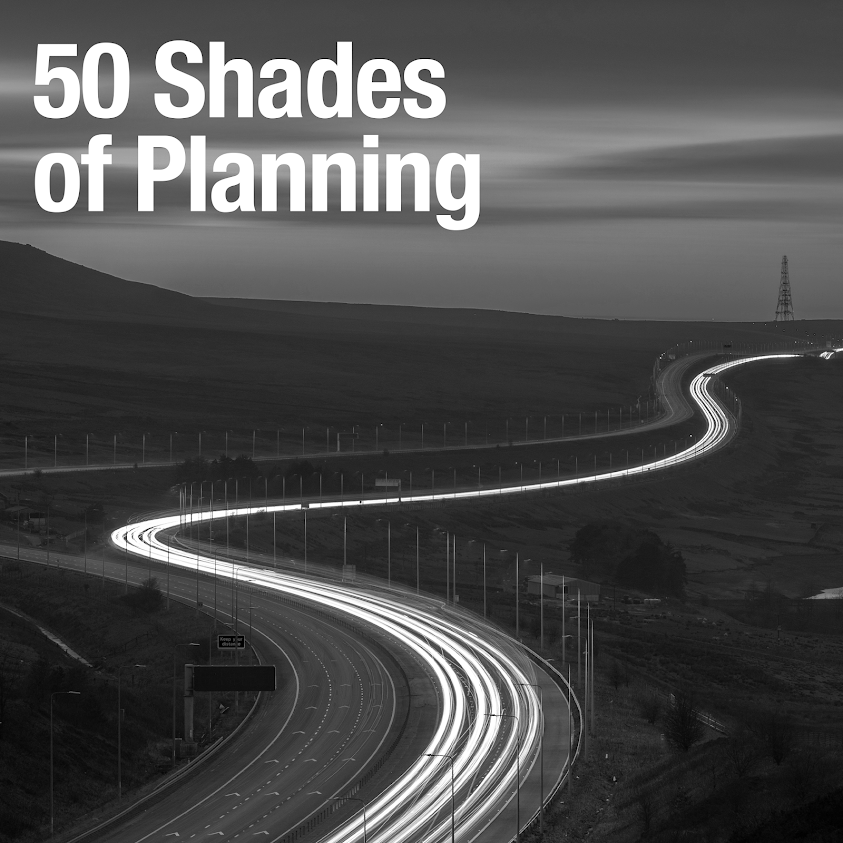Of many misunderstood and misinterpreted concepts in planning, safeguarded land is perhaps one of the most misunderstood and misinterpreted. If I had a pound for every time I have seen or read a letter from a local resident expressing dismay about 'the loss of land that is supposed to be safeguarded against development' I would have... well... a few pounds.
Nick Boles' comments on the subject in a recent Westminster Hall debate have served to pour mud into already muddy waters. To recap, Mr Boles said that:
There is nothing in the Localism Act 2011, in the NPPF or in any aspect of Government planning policy that requires someone to plan beyond 15 years. So, anybody who is suggesting that there is any requirement to safeguard land or wrap it up in wrapping paper and ribbons for the future development between 2030 and 2050 is getting it wrong. There is no reason for it and my hon. Friend can knock that suggestion straight back to wherever it came from.
This appears to contradict the role of safeguarded land in ensuring that when Green Belt boundaries are reviewed they do not need to be altered again at the end of a
development plan period.
The NPPF makes clear (paragraph 85) that LPAs, where necessary, should identify in their plans areas of ‘safeguarded land’ between the urban area and the Green Belt in order to meet long-term development needs. Contrary to the poplar misconception, this is land that is not allocated for development at the present time, but is available for future development, usually following a further development plan review.
Given the importance of Green Belt boundaries to plan-making it would be helpful if Mr Boles could clarify his remarks and, perhaps, once he has done so, think of a better name for land that is safeguarded for future development...

Comments
Post a Comment